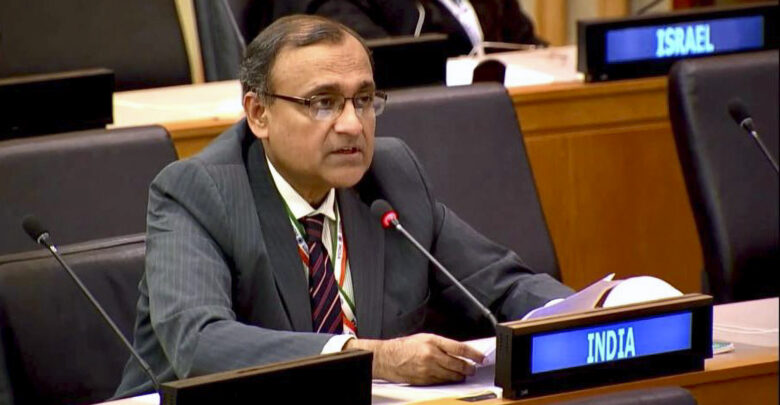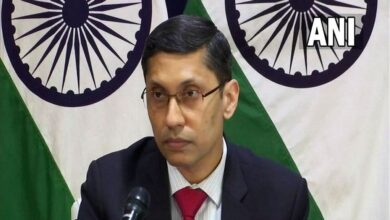

NEW DELHI — “There is no “one size fits all” approach for localization of Sustainable Development Goals (SDGs), but can certainly share experience and learn from each other to implement the 2030 Agenda at United Nations,” India said on July 8.
The 2030 Sustainable Development Goals Agenda is the global effort to mobilize actions and commitments to achieve clean, affordable energy for all by 2030.
India’s permanent representative to the UN was speaking at the High-Level Political Forum (HLPF) on the subject “How can localization of Sustainable Development Goals contribute to Leaving no one behind?”
“It goes without saying that we need to work together collectively to ensure that all countries, especially vulnerable ones, stay their course on the 2030 Sustainable Development Goals Agenda,” said Permanent Representative of India to the United Nations, T.S. Tirumurti. “The global pandemic is threatening to disrupt the decades of action.”
“I am convinced that due to the localization efforts we are undertaking, our path to implementing the 2030 Agenda will be relatively smooth even in the face of the pandemic,” added Tirumurti.
Speaking at the Forum, Tirumurti emphasized the localization of Sustainable Development Goals.
“Breaking down goals and implementation to sub-national and local levels is the only way to succeed in achieving Sustainable Development Goals targets,” said the Indian envoy
“Localization also allows developing local solutions to local challenges by empowering provincial and local levels of government. Sustainable Development Goals localization process is not limited only to government interventions, but also includes civil society organizations.”
Tirumurti cited India’s successful implementation of localization of Sustainable Development Goals, where the targets are the foundation of the Aspirational Districts Program.
The program focuses on 112 of India’s most developmentally challenged districts across five sectors like health, education, agriculture, infrastructure, and skill development.
The program involves real-time monitoring of 49 indicators across the five focus areas on a dashboard, with a monthly ranking of the best-performing districts.
It has also strengthened the technical and administrative capacities of the districts through collaboration with development partners for providing technical expertise and skills training.
“I added (to the debate) – Monitoring & data system through State & District Integrated Frameworks, Sustainable Development Goal, India Index pivotal to measure performance, Civil society organizations involved can help countries,” tweeted Tirumurti.
In June 2021, United Nations Development Program’s appraisal report had pointed out that India’s program is a very successful global model of “local area development” by leveraging local structures of governance with multi-stakeholder partnerships.
“In spite of the pandemic, we have seen remarkable progress in some crucial goals, for example in Goal 3 (Good Health and Well-Being), Goal 6 (Clean Water and Sanitation), Goal 7 (Affordable and Clean Energy), Goal 11 (Sustainable Cities and Communities) and Goal 12 (Responsible Consumption and Production),” said Tirumurti in a statement.
The overall coordination for implementation of Sustainable Development Goals in India is handled by the National Institution for Transforming India or NITI Aayog.
(With inputs from ANI)
(Edited by Abinaya Vijayaraghavan and Praveen Pramod Tewari)
The post India At UN: No “One Size Fits All” Approach For Localization Of Sustainable Development Goals appeared first on Zenger News.




